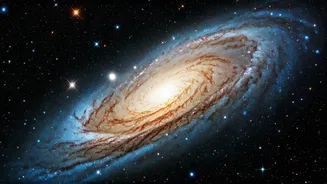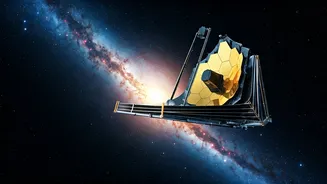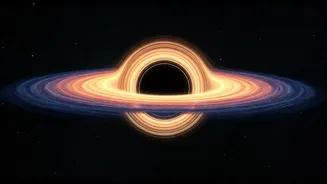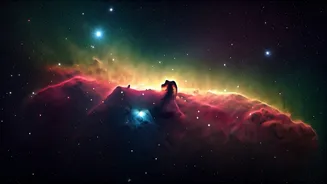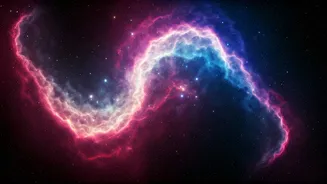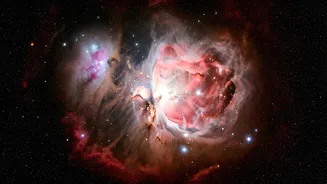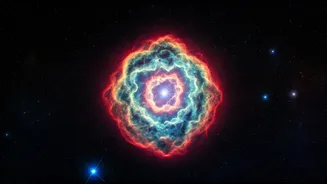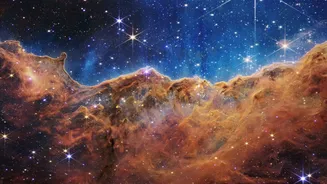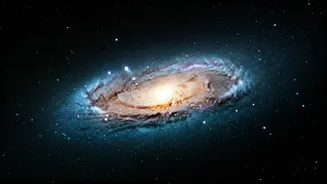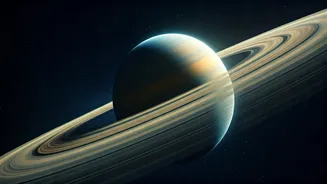Webb's Cosmic Gaze
The James Webb Space Telescope (JWST), a marvel of modern engineering, continues to redefine our understanding of the cosmos. Its capacity to perceive
infrared light allows it to peer through cosmic dust, enabling observations of the earliest galaxies and the formation of the first stars. Scientists utilize this powerful tool to gather invaluable data. JWST's instruments are finely tuned to collect light from the universe's most distant objects, offering insights into the period soon after the Big Bang. Its unprecedented resolution helps analyze the composition, structure, and dynamics of celestial bodies, offering an unparalleled glimpse into the universe's evolution. This advanced technology facilitates the exploration of galaxies that formed billions of years ago.
Galactic Turbulence Unveiled
Recent data collected by the JWST has yielded a surprising discovery: early galaxies were considerably more chaotic and turbulent than scientists previously believed. Initial models of galactic formation suggested a relatively smooth and organized process. However, the telescope's observations indicate a dynamic environment characterized by intense star formation, gas interactions, and gravitational forces. These early galaxies exhibited vigorous movement and mixing of their stellar components, challenging the prevailing assumptions about how galaxies developed. The JWST's capabilities have allowed astronomers to study the distribution of gas, dust, and stars within these galaxies. This has unveiled the turbulent processes that shaped their structure. The findings highlight the significant role that turbulence played in the universe's early stages, influencing the distribution of matter and the growth of galaxies.
Implications of the Findings
The JWST's discovery of galactic turbulence has significant implications for various areas of astronomical research. The findings suggest that the early universe was a more dynamic and complex environment than initially theorized. This new understanding necessitates adjustments to existing models of galaxy formation and evolution. Researchers will need to refine their simulations to incorporate the effects of turbulence and understand how these processes influenced the properties of galaxies we observe today. Furthermore, the findings challenge our understanding of the conditions under which the first stars and galaxies emerged. The data also supports further investigations into the interplay between star formation, gas dynamics, and feedback mechanisms within these early galaxies. The implications extend to the study of black holes and the role they played in shaping the evolution of galaxies over cosmic time.
Future Research Pathways
The James Webb Space Telescope's observations of turbulent galaxies open up exciting avenues for future research. Scientists are eager to study even earlier galaxies to trace the evolution of these chaotic processes over cosmic time. Further data analysis can provide a deeper understanding of the mechanisms that drove turbulence in early galaxies. The JWST will continue to analyze diverse data sets to study the chemical composition and star formation rates of these galaxies. This will give insights into the conditions that influenced the early universe. Astronomers plan to use the telescope to observe other galaxies and compare them, giving details of the distribution of dark matter and its role in galaxy evolution. The ongoing research is a journey, and the JWST's findings are sure to shape our understanding of the universe's origin.
